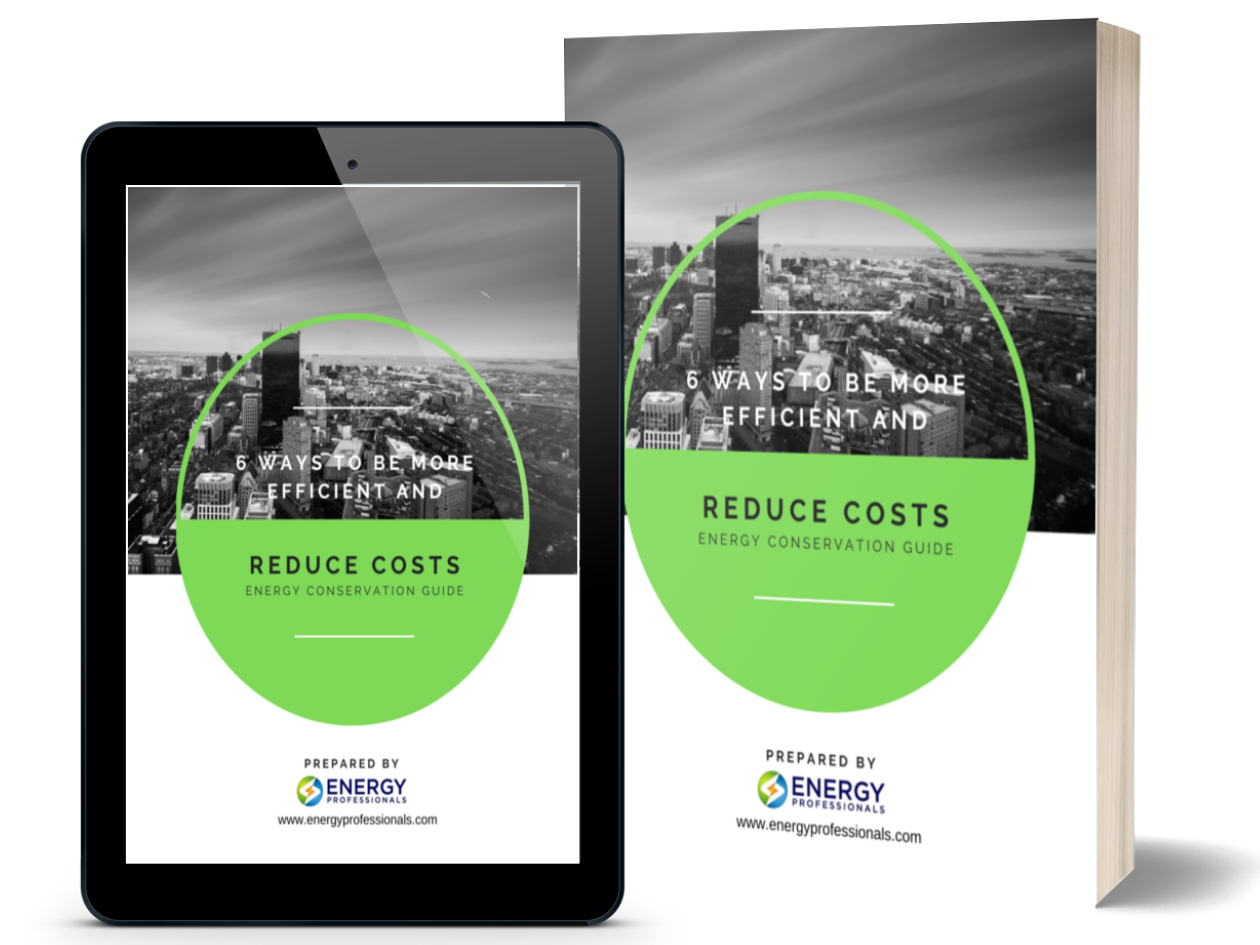Which State Produces the Most Energy?
Energy Deregulation in Texas Leads to Clean Energy Boom While lots of things come to mind when you think about

Energy Deregulation in Texas Leads to Clean Energy Boom While lots of things come to mind when you think about
While lots of things come to mind when you think about Texas, to many in the energy arena, Texas is associated with oil-production and the economic stability that it has given to the state.
Yes, while it’s still a large producer of oil, the last decade has seen a new economic boom in clean energy production using renewable energy sources. Texas has expanded it’s energy market for wind, solar and also natural gas, which has resulted in new economic growth all over the state.
But Texas does it a little different. While many states are working towards a more renewable based energy future, such as California, Maryland and Massachusetts, Texas’ energy market has grown organically and with minimal price increases, unlike we’ve seen in some other states who are working to go green.
Prior to 2002, Texas’ energy markets were regulated. After years of efforts, dating back to the 1970’s, Texas finally approved legislature that established a competitive energy market. Texas’ deregulation of energy gave more power to consumers and independent energy companies and redefined what role utility companies played; the transmission of energy.
Today, 85% of Texans have energy choice, allowing them to choose what type of energy they use and where it comes from.
Texas’ consumer energy choice and market competition between energy companies has resulted in the growth of new and more efficient means of energy production. While Texas has always been a major producer of energy, producing 25% of America’s energy, their energy production portfolio has diversified over the recent years. The most prominent of which is wind power.
Texas is now the largest wind producers in America, as energy produced by wind now accounts for 17% of the state’s energy portfolio, with plans and investments to keep this growing.
The increase in renewable energy production at reasonable costs us also allowing a natural reduction in Texas’ coal use. Coal, as a means to produce energy, decreased by 8% between 20017-20018 and is predicted to drop an addition 24% by the end of 2019.
Energy consumers deserve to choose their energy suppliers and in turn, energy developers deserve to be able to compete for their market, while utility companies focus on their purposes of transmitting the energy safely between energy companies and energy consumers.
Article Source: The Hill


Don't have one? You can get one by calling us at 855-4-PKIOSK.
Energy Professionals is committed to finding its customers the best possible rates on electricity and natural gas. Tell us your location and service type and our energy manager will connect you to the most competitive offers.
Switching to an alternate supplier is easy. There is no chance of service disruption, and you'll continue with your current utility for energy delivery and emergency service. Take a few minutes to discover your best offers, and enjoy the benefits of retail energy in your home or business.
1. Energy Type
2. Service Type
3. Zip Code
4.Local Company
5.Zone
We believe that knowledge is power. Here’s a free e-book that provides business solutions to reducing energy costs.
Download E-Book Free Energy Audit




